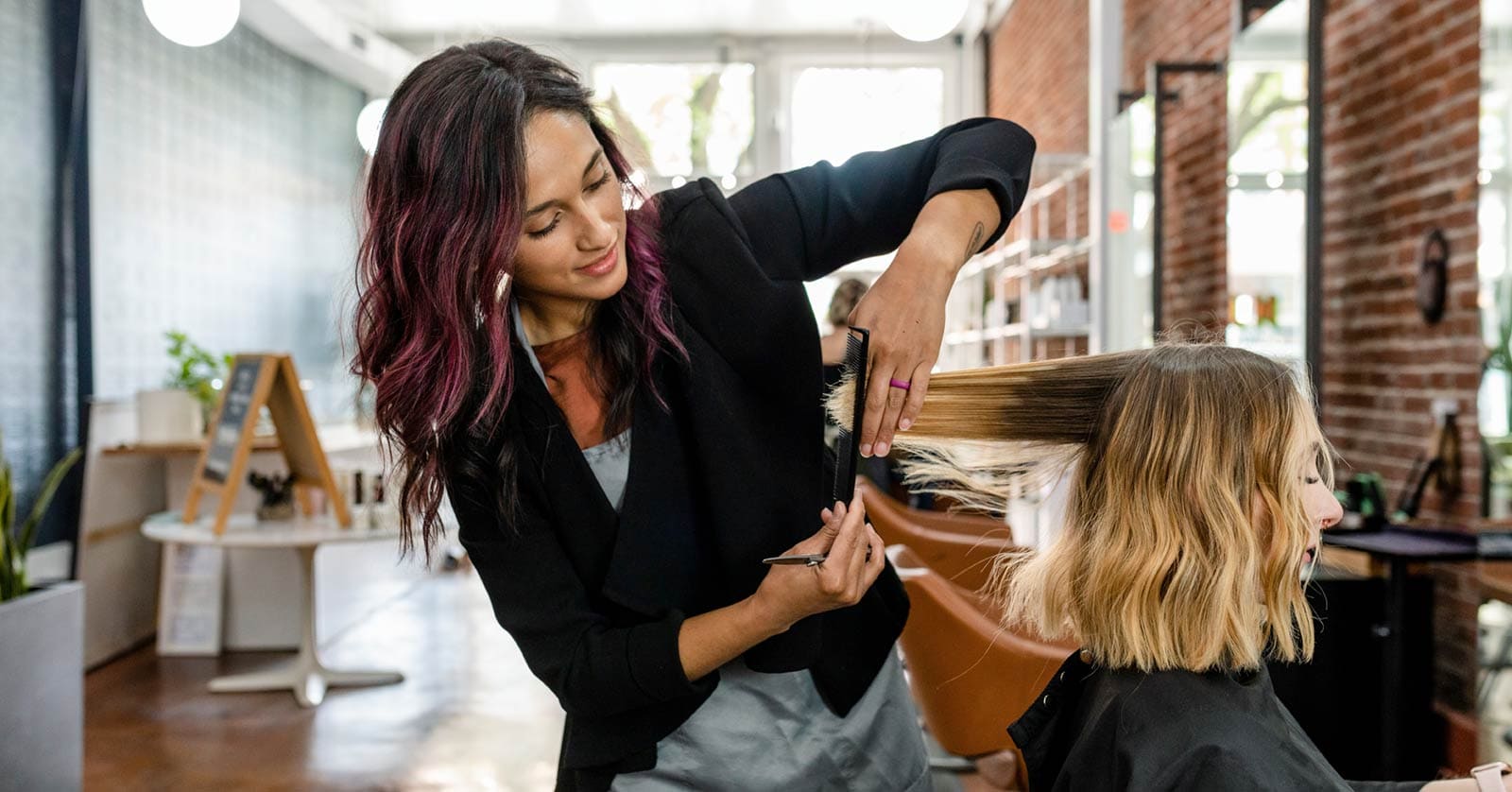
Hairdressing is a positive experience for clients, but it can take its toll on stylists’ bodies. Long days of standing, hours of repetitive cutting and drying, and skipped breaks can all negatively impact your health
As many as 71% of hairdressers suffer from work-related aches and pains. And we’re not just talking sore feet.
Common health problems of hairdressers include carpal tunnel syndrome, back pain, repetitive strain injuries, varicose veins, trapped nerves, tendonitis and dermatitis.
Prevention is always better than cure. But if you’re suffering from an occupational injury, it’s best to address it immediately, before it gets more serious. If you’re concerned or have a persistent health issue, it’s important to see a suitably qualified doctor or specialist.
Symptoms and solutions for common hairdresser health problems
Below we outline some of the most common health problems and give suggestions on common-sense ways to help protect yourself from injury and relieve existing aches and pains.
Symptom: hand and wrist pain
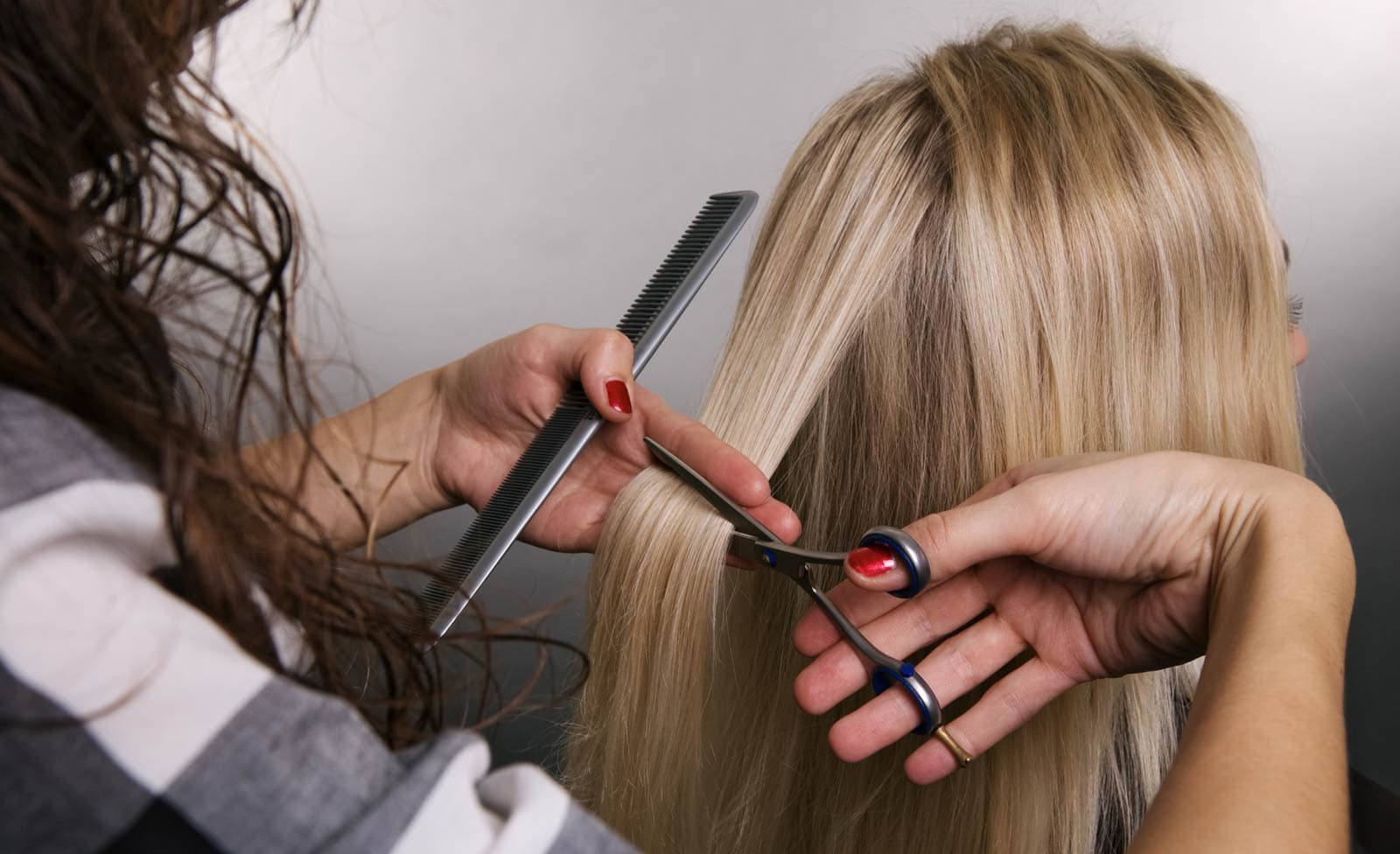
A day spent cutting, drying and styling puts enormous strain on hands, wrists, arms and shoulders.
If you’re experiencing pain, numbness and tingling in your hands and wrists, you may have repetitive strain injury (RSI) or carpal tunnel syndrome (CTS). As many as 74.3% of hairdressers suffer from CTS, a painful, progressive condition caused by compression of the median nerve.
Solutions to try
If you think you have CTS, see a doctor for treatment options. A wrist brace, for example, can help stabilise the wrist, holding it in a neutral position to aid recovery. Without proper care, CTS can get worse and, in some cases, may require surgery.
There are many habits to adopt that can help you avoid developing injuries caused by repetitive use like cutting and drying, or that can alleviate existing conditions.
The first is to switch to lightweight, quality tools. This will reduce the time you spend holding heavy items you use while performing various repetitive actions.
A pair of sharp, professional scissors with a loose tension and smooth cutting action reduces the force going through your hands and the pressure along your forearm.
Studies show that scissors with offset or crane-shaped handles help keep your wrists straight and avoids twisting them awkwardly, keeping your arms and shoulders relaxed.
Does your heavy hair dryer make your arm and hand ache? A top-quality, professional hair dryer that’s balanced, fast and lightweight reduces drying time and allows your hand, wrist and arm to stay relaxed.
Our range of ergonomic, lightweight hair dryers, including the new Wahl Vanquish Hair Dryer Black weighing just 340 grams or the Olivia Garden SuperHP Professional Hair Dryer at 368 grams, can help reduce wrist and arm fatigue.
Remember to keep your arms and shoulders as relaxed as possible, shaking them now and then.
Between clients, squeeze and flex your fingers and hands. Stretch out your arms to release tension and ease strain.
Symptom: back pain
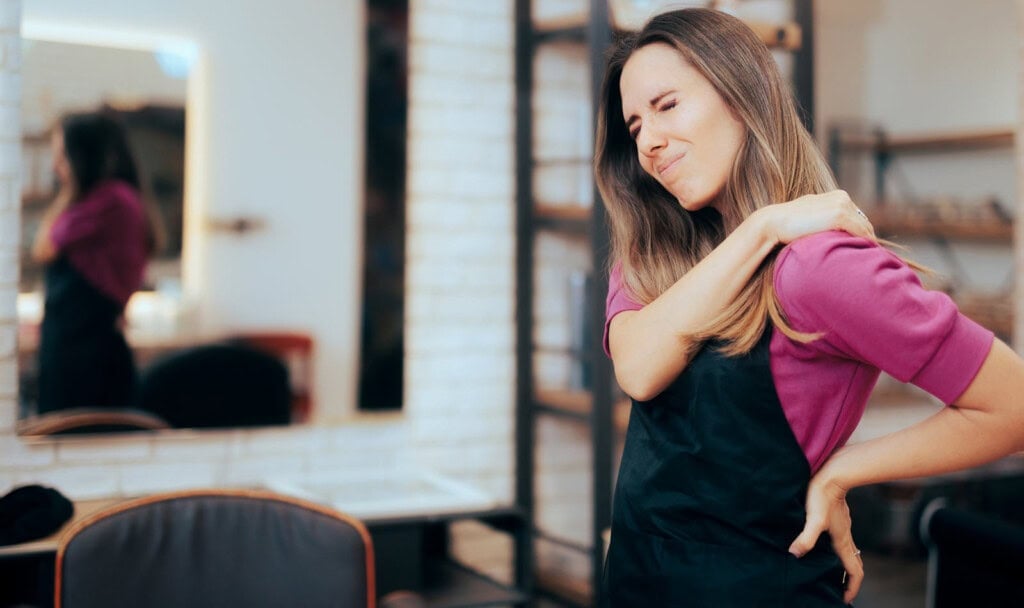
Back pain feels like it goes with the job. Unfortunately, it often does. A review of 44 studies of musculoskeletal health in hairdressers found that lower back pain is the most common health problem.
One African study found that as many as 76.3% of hairdressers in women’s salons suffer from lower back pain. Upper back pain and pain between the shoulder blades are also common.
While prolonged standing is a cause, it’s just one risk factor. Others include working with arms above shoulder level, repetitive movements, forceful exertion of upper extremities, twisting and bending, and high mechanical workload.
Solutions to try
Knowing the causes can help guide the prevention and rehabilitation of occupational back pain. If your back pain is consistent or getting worse, see a doctor or chiropractor.
The good news is there are many ways to successfully reduce musculoskeletal strain, including incorporating ergonomic work techniques, increased physical fitness and daily relaxation.
First, always adjust a client’s chair and stand close so you don’t need to bend.
Other ergonomic work techniques to adopt include:
- using a chair or cutting stool
- keeping your arms and elbows tucked into your sides
- keeping your ears over your shoulders
- cutting with the wrists in a neutral position
- relaxing your shoulders
- asking customers to turn or bend the head.
When washing a client’s hair, always keep your back straight. Stand with your knees bent and feet apart, or with one foot in front of the other, bending at the hips and knees.
Take advantage of all the mirrors in your salon to regularly check your posture.
Make the time to take a break between clients. Sit down – if only for a couple of minutes – to reduce stress on your legs. Take your lunch break and go for a walk or sit down.
Try to maintain a healthy weight, stay hydrated and reduce caffeine intake. At home, practise relaxation techniques, such as meditation.
Symptom: aching feet
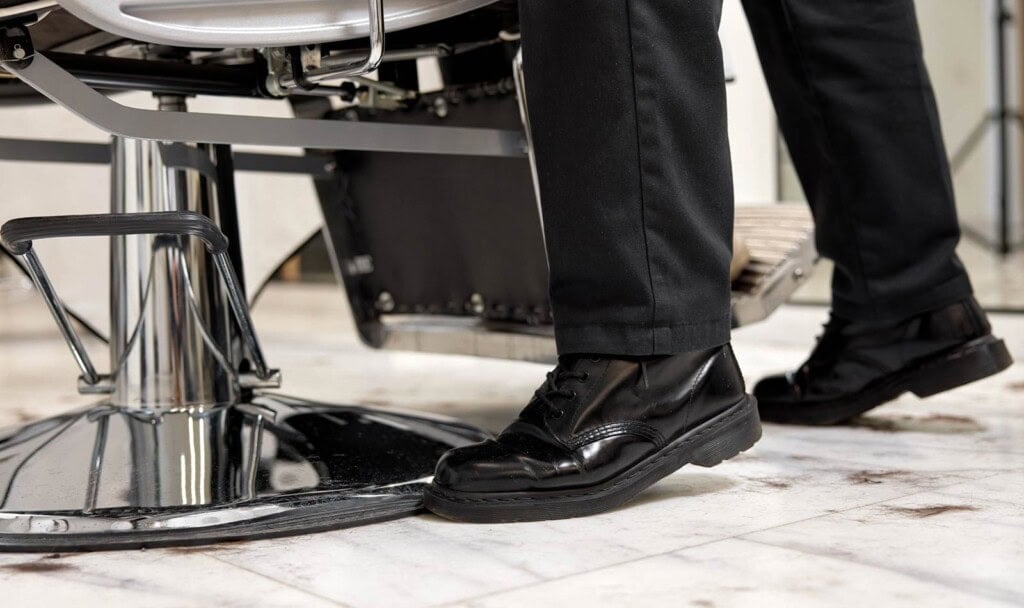
Our legs and feet carry our bodies all day, so it’s unsurprising that hairdressers get sore, painful feet.
Unfortunately, aching feet can cause and aggravate other health problems. In particular, painful feet can lead to poor posture, which exacerbates back pain and joint problems.
Solutions to try
A hairdresser must look groomed and professional, but no-one expects you to wear anything but comfortable shoes.
Leave the heels at home and opt for shoes that offer support and comfort. Lace-up, non-slip shoes with no heel are best.
Consider inserting orthopaedic insoles or orthotics. This will aid correct posture and help distribute your weight evenly across both feet.
Standing on a hard, tiled or concrete floor can add to the pressure on your feet. A rubber, anti-fatigue/bubble mat can ease aching feet by giving cushioning that improves circulation and reduces pressure points on joints. During breaks, elevate your feet while sitting down.
Symptom: swollen ankles, legs and varicose veins
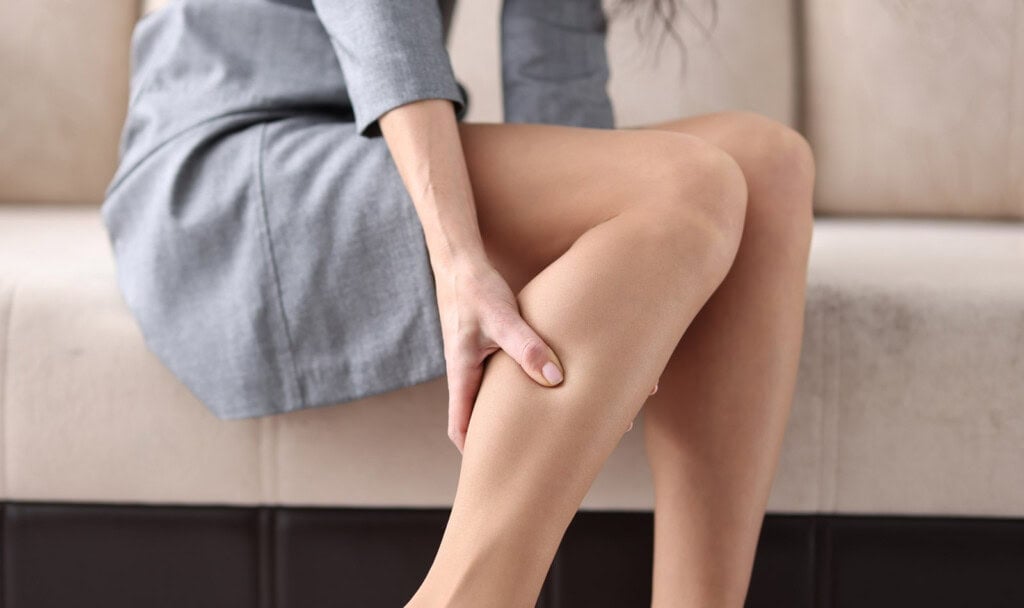
As well as aching feet, it’s common for hairdressers to suffer from swollen ankles and legs, which can lead to varicose veins.
Standing for long periods of time can cause swelling, or oedema, which is usually painless. However, persistent oedema that doesn’t respond to lifestyle changes could be a symptom of an underlying condition, so you should consult a doctor.
For hairdressers, swelling is usually caused by gravity drawing fluid down to build up in the ankles and feet. This fluid build-up and swelling may affect one or both legs. Oedema can also affect the thighs, but it’s more common around the ankles and feet.
Solution
The main way to prevent and relieve oedema is to improve circulation. This pumps fluids back to the heart and prevents them pooling in your legs and ankles. Try these methods:
- wear compression socks and tights
- when resting, lie your legs on a pillow raised above your heart
- take regular exercise, focusing on your legs
- reduce salt intake
- avoid wearing tight clothing
- maintain a healthy weight.
While standing at work, regularly move to adjust your position.
Symptom: dry hands and dermatitis
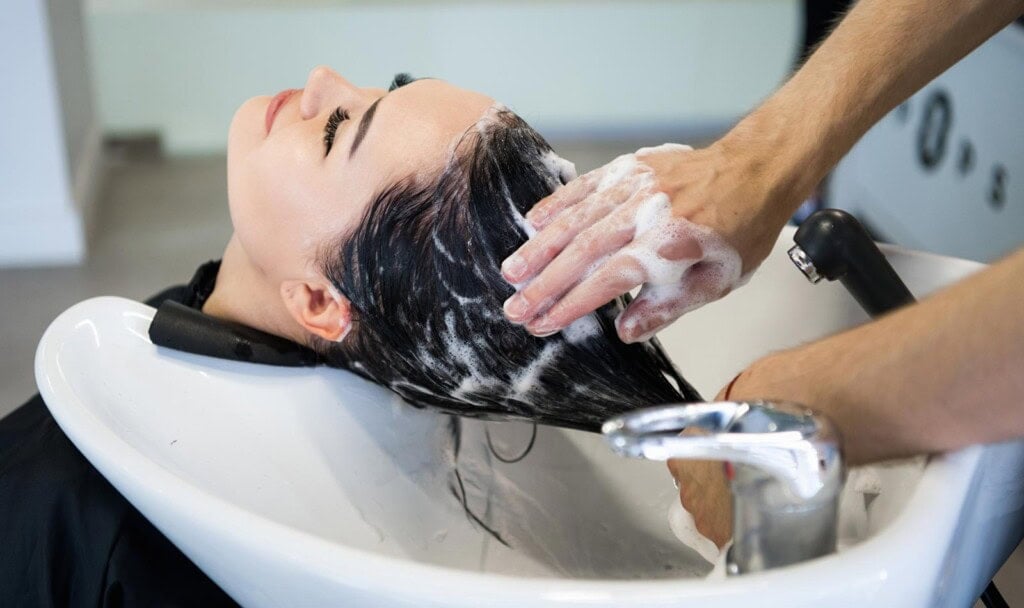
Many hairdressers suffer from dermatitis on their hands and wrists. Frequent contact with water, shampoo and other strong hair products and chemicals can leave hands dry, red and itchy.
Other hair products, such as persulphates, henna and hairsprays, can aggravate asthma and other allergies.
Solutions to try
If you are prone to dermatitis, aim to minimise contact with irritants. The easiest way to do this is to wear disposable non-latex gloves, such as these vinyl or nitrile powder-free gloves, when washing hair or applying treatments.
At the start of each day and before washing or using chemicals in hair, apply a good barrier cream.
For both protection and relief from existing irritation, it can help to use a high-quality skin repair cream that’s formulated specifically for dry, irritated and cracked skin.
If you find harsh chemical vapours from some hair products irritate your skin or airways, don’t be shy to wear a disposable respiratory mask. Clients totally understand.
